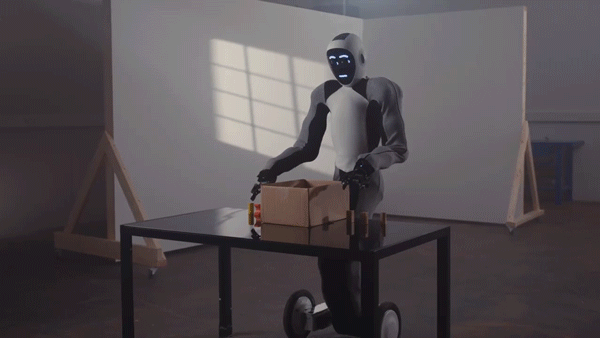Niagara Bottling challenged over robotic forklift accident
Gaven Johnson v. Niagara Bottling, LLC and Meadowville Technology Properties LLC
Plaintiff says on/about May 7, 2021, as an employee of Superior Lighting, which had begun to install lights inside the Chesterfield warehouse owned at the time by Meadowville, and on that day defendants utilized approximately 50 autonomous forklifts in the warehouse when the month before plaintiff and others had been working in areas without autonomous forklifts. Plaintiff says the company requested that the defendant disable the forklifts long enough for company employees to safely complete the work, a request that was denied, and when the plaintiff tried to stop a forklift from colliding with a boom lift they were using to work, his foot was run over by the boom lift, pinning it for 15 minutes before help arrived. Plaintiff says he had to undergo multiple surgeries and suffered permanent injuries, and seeks compensatory damages of $1 million.
Attorneys: Jon Wood of Reinhart | Harper | Davis
Filed: 5/3/2023
CL23001715
Warehouse Worker Crushed by Forks of Laser Guided Vehicle
Organization(s):Washington State Fatality Assessment and Control Evaluation Program
Collections: Fatality Assessment and Control Evaluation (FACE) Program Reports
In December 2015, a 45-year-old warehouse dock coordinator at a water bottling company died after he was crushed when the elevated forks of an automatic laser-guided vehicle came down on him. The company used driverless forklifts, known as laser-guided vehicles (LGVs), in the warehouse to move pallets of water bottles. LGVs automatically navigated using a system of vehicle-mounted lasers and reflectors positioned throughout the warehouse. Each LGV had safety sensors designed to detect objects or workers in the vehicle’s path. When a sensor detected an obstacle, the LGV would stop moving and an alarm would sound until a worker removed the obstacle. The manufacturer’s manual required workers to initiate an emergency stop before removing an obstacle detected by the LGV. An LGV would then have to be manually reset before restarting its task. Without initiating an emergency stop, the LGVs would resume automatic function immediately after an obstruction was removed. The victim was working in the warehouse when an LGV alarm was activated. Shortly after, another worker heard noises over the radio and looked into the warehouse to investigate. He saw the victim slumped over one of the LGVs. The LGV then started moving again, and the other worker hurried to it and initiated an emergency stop. He could see that the victim had severe injuries to his chest and jaw. He called for help and called 911. Emergency responders arrived within minutes and transported the victim to a local hospital where he was pronounced dead. Investigators believe that the victim attempted to remove a piece of plastic from under the elevated forks of the LGV without first initiating an emergency stop. Long strips of plastic wrap often tore off of pallets during loading and unloading and stuck to the forks of the LGVs. If the plastic entered the safety detection field of the LGV, it would be recognized as an obstacle. Other employees said that these plastic “stringers” frequently triggered LGV alarms. The victim was likely bending or kneeling under the forks outside of the safety sensor field to reach the plastic stringer. Because the LGV was not in emergency stop mode, the system reset when the obstacle was removed, bringing the elevated forks down, and crushing him against the wheel cover of the vehicle. There were warning signs affixed to the vehicle indicating that workers should avoid standing beneath the elevated forks.





















